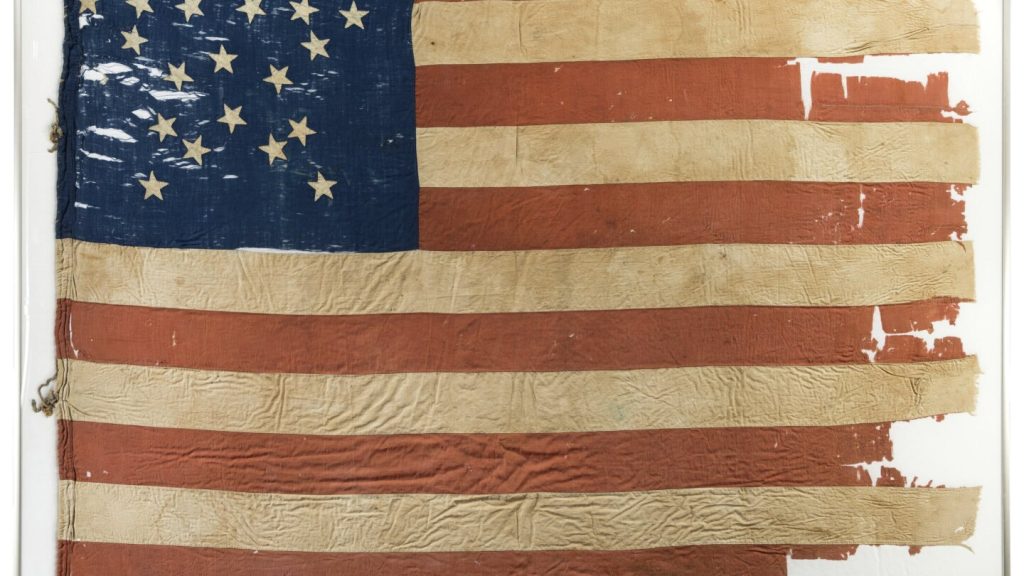The Abraham Lincoln Presidential Library and Museum in Springfield, Illinois has come under scrutiny once again after a manager purchased a disputed 21-star flag without consulting a collections committee. The flag, believed to represent Illinois’ 1818 admission to the Union, was acquired for over $15,000 through an online auction, sparking an investigation by the Office of the Executive Inspector General. The acquisition has caused division among the museum’s leadership and may have led to the firing of an employee who claimed the purchase bypassed procedures.
The 7-foot-5 by 6-foot-5 flag, known as a “Grand Luminary” due to its star-shaped arrangement, is believed to be a rare representation of Illinois’ admission as the 21st state. However, flag expert Jeff Bridgman has disputed its authenticity, suggesting that its construction and materials point to a later date, possibly during the Civil War era. Bridgman, who has a vast collection of 19th-century flags, stated that if the flag was truly from 1818, he would have been interested in acquiring it at the auction. This controversy adds to previous issues surrounding the museum’s credibility, such as the disputed purchase of a Lincoln stovepipe hat and the unauthorized loan of a Lincoln artifact.
The museum’s acquisitions chief, Ian Hunt, initiated the purchase of the 21-star flag without obtaining approval from the collections committee, as required by museum policy for purchases exceeding $2,000. Despite concerns about the flag’s authenticity and storage raised by some committee members, a majority voted in favor of the acquisition after the fact. The former registrar, Eldon Yeakel, who voted against the purchase, claimed that the transaction violated proper procedure and that his subsequent firing was a result of his dissenting vote. The Office of the Executive Inspector General is currently investigating the matter following complaints from museum employees.
While some experts have supported the authenticity of the flag, others have raised doubts based on its construction materials. Renowned vexillologist Howard Madaus had previously examined the flag and determined it to be made entirely of cotton in 1818-20. However, Bridgman argues that the presence of wool in the flag’s construction suggests a later date, possibly during the Civil War era. The flag is currently undergoing conservation to ensure its longevity, with an estimated cost of $18,000. The museum has defended the purchase as a sound investment, despite the ongoing controversy surrounding the flag’s authenticity.
The museum’s spokesperson, Christopher Wills, insists that the flag has a “solid pedigree” and was a worthwhile acquisition. While the museum has not yet conducted a thorough inspection of the flag, experts continue to debate its age and origin based on available evidence. Regardless of the outcome, Wills expressed a willingness to learn more about the flag’s history and to share any new information that may arise. The investigation by the Office of the Executive Inspector General could result in disciplinary action or criminal investigation if wrongdoing is found in connection with the purchase of the disputed 21-star flag.


